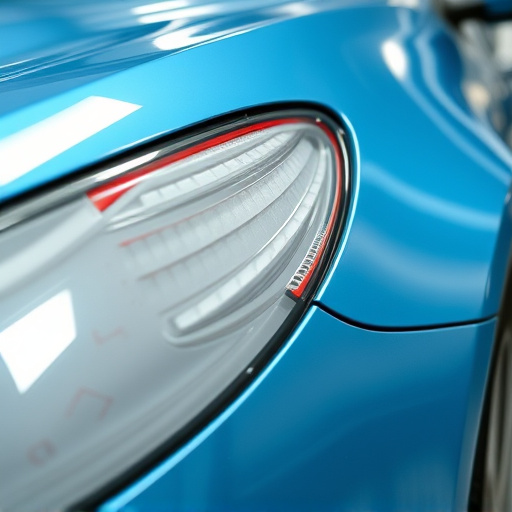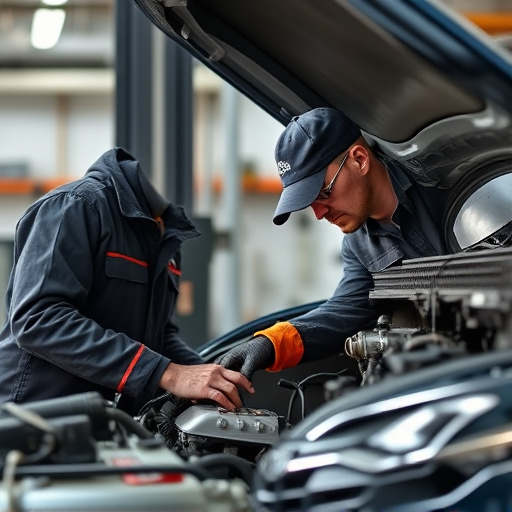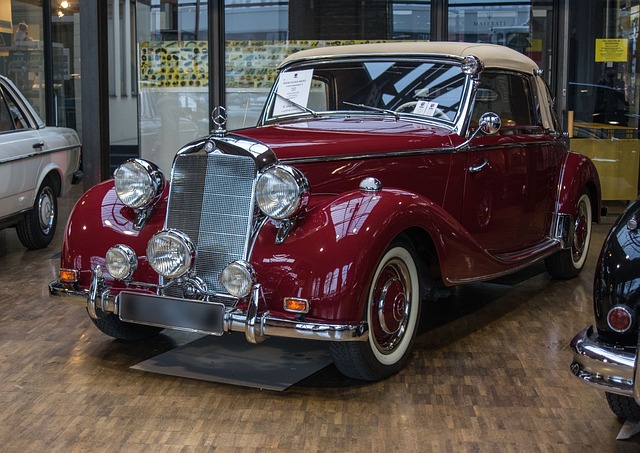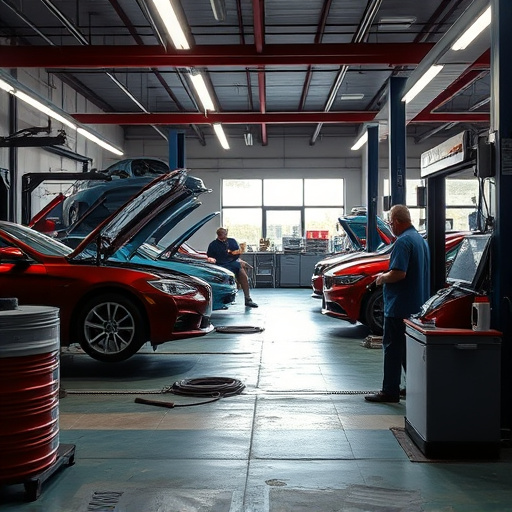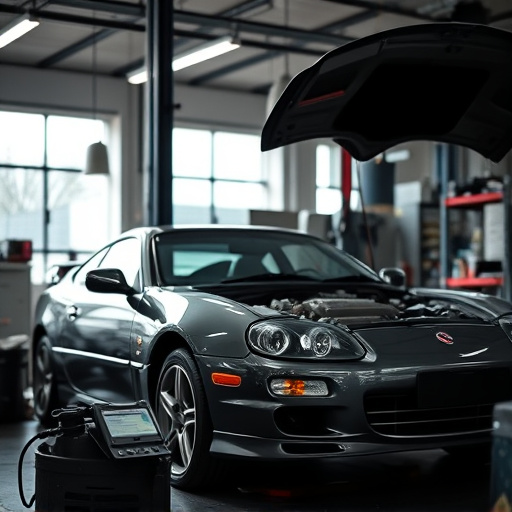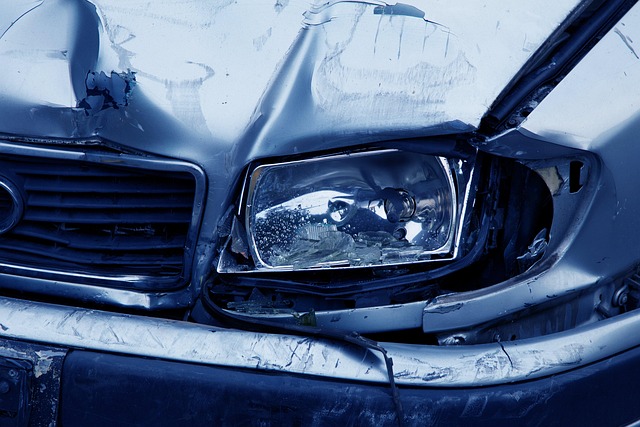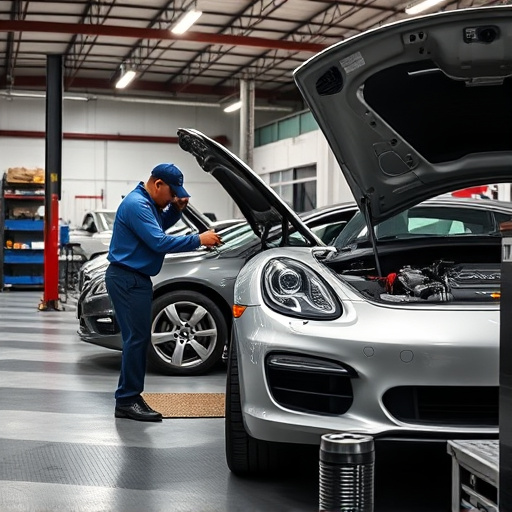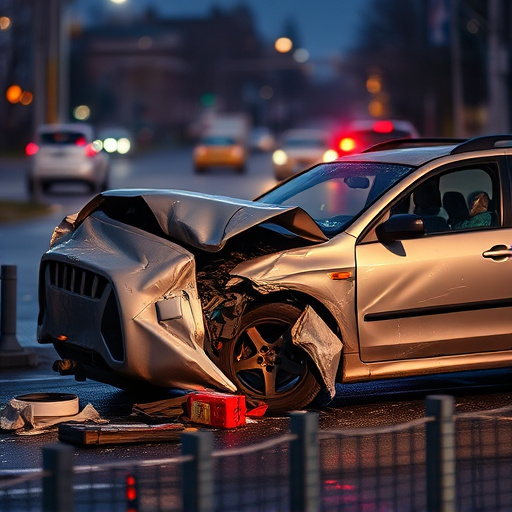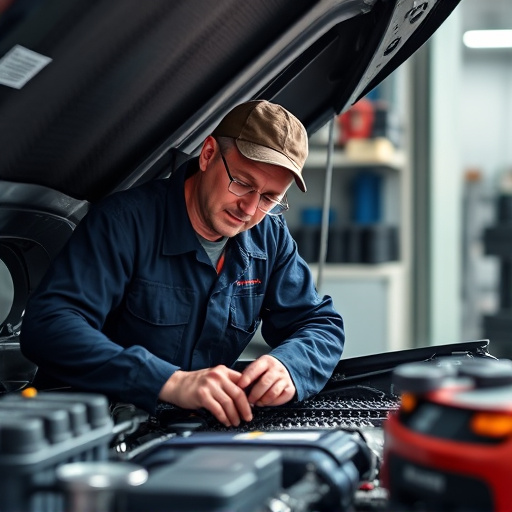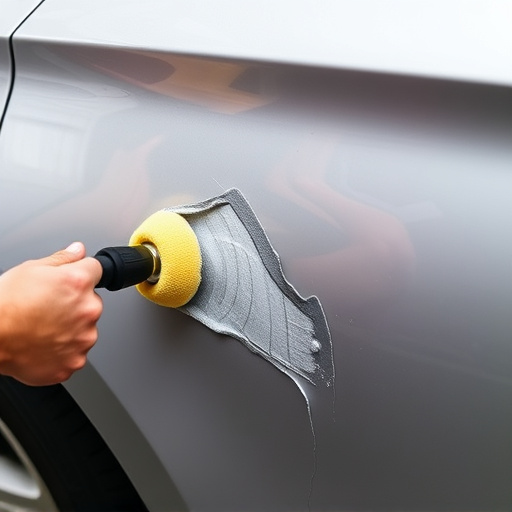Preparing urethane bumper parts for painting involves meticulous damage repair, thorough cleaning, priming for better adhesion, and selecting the right urethane formula based on desired outcome. Proper surface preparation, using a high-quality spray gun with adjustable settings, and adequate drying time ensure a durable, even finish for professional auto restoration, including dent repair, glass replacement, and painting.
“Discover the art of perfecting your UV-cured urethane bumper parts with this comprehensive guide. Before applying any coat, ensure a clean and primed surface for optimal adhesion. Choosing the right urethane formula tailored to your application is key. Master the technique and tools to achieve an even finish, enhancing the durability and aesthetics of your urethane bumper parts. Implement these best practices for superior results.”
- Prepare Surface: Cleanliness and Priming for Optimal Adhesion
- Choosing the Right Urethane: Formulas and Applications
- Technique and Tools: Ensuring Even Coating and Quality Finish
Prepare Surface: Cleanliness and Priming for Optimal Adhesion
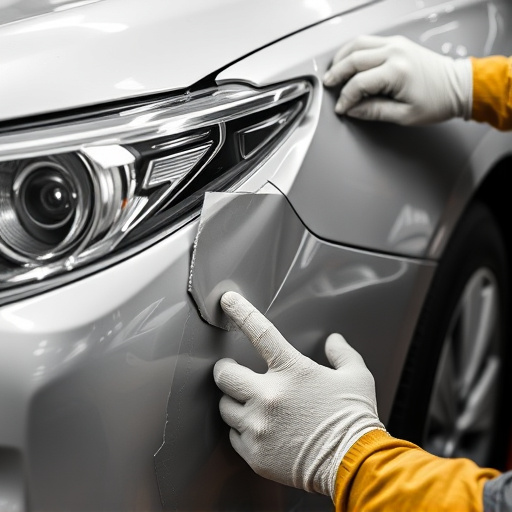
Before painting urethane bumper parts, ensuring a clean and properly prepared surface is paramount for achieving a professional finish. Start by thoroughly inspecting the urethane bumper to identify any defects, such as scratches or cracks. Repair any damage using appropriate methods like sanding and filling compounds to create a smooth base. The next crucial step in preparing urethane bumpers for painting involves cleaning. Use a dedicated cleaner designed for automotive plastics to remove dirt, grease, and any residual debris. Pay special attention to hard-to-reach areas and ensure the surface is free from contaminants, as these can hinder adhesion.
After cleaning, priming the bumper is essential to enhance paint adherence. Apply an ethical, high-quality primer specifically formulated for urethane or plastic surfaces. Priming not only prepares the bumper but also helps create a more even and long-lasting finish when painting. This process ensures that the new coat of paint bonds strongly, resulting in superior durability, especially in automotive restoration or vehicle dent repair scenarios.
Choosing the Right Urethane: Formulas and Applications
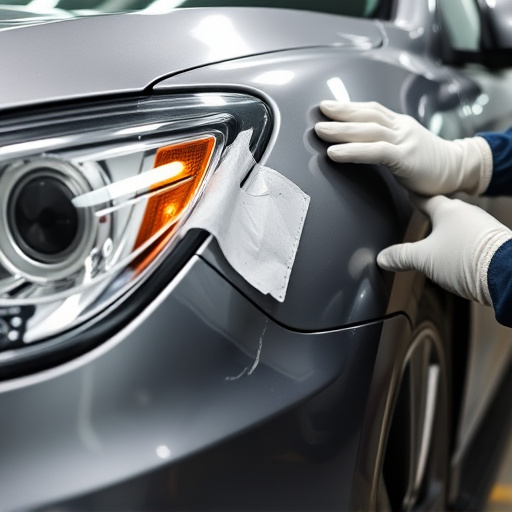
When it comes to painting urethane bumper parts, selecting the appropriate urethane formula is paramount for achieving a durable and aesthetically pleasing finish. Different urethane types are designed for specific applications. For instance, high-performance urethanes excel in environments demanding exceptional resistance to chemicals, UV rays, and extreme temperatures, making them ideal for outdoor automotive components. On the other hand, flexible urethanes offer superior impact resistance and are suitable for parts that require some give, such as fenders or bumpers.
Consider the end goal: is it to restore a dented panel using paintless dent repair techniques, or to enhance an existing finish? Car scratch repair might require a thinner, more precise application of urethane, while a complete bumper coat-up necessitates a thicker layer capable of concealing imperfections and providing robust protection. Understanding these nuances will guide you in choosing the right urethane for your urethane bumper parts project, ensuring optimal auto maintenance results.
Technique and Tools: Ensuring Even Coating and Quality Finish
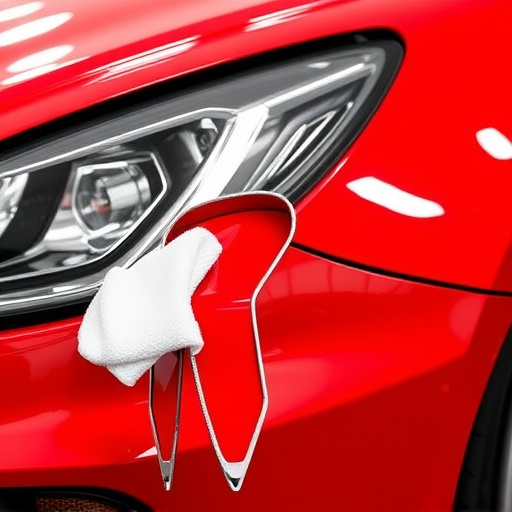
When it comes to painting urethane bumper parts, mastering the technique and selecting the right tools is paramount for achieving an even coating and a superior finish. Begin by preparing the surface thoroughly; this includes sanding to ensure roughness for better adhesion and cleaning to remove any debris or oils that could hinder the paint’s bond.
For uniform application, use a high-quality spray gun with adjustable settings to control airflow and liquid flow. Maintain a consistent distance from the surface while spraying in even strokes to prevent overspray and build an even coat. Allow for adequate drying time between coats, as this is crucial for achieving a durable, high-quality finish that enhances the aesthetics of auto collision center repairs, even when undertaking auto glass replacement or auto painting projects.
Painting urethane bumper parts requires a meticulous approach, from surface preparation to material selection and application technique. By prioritizing cleanliness, priming, and using the right urethane formula for your needs, you can achieve an exceptional finish that enhances the appearance and durability of these automotive components. Always remember that proper tool selection and even coating techniques are key to ensuring long-lasting, high-quality results with urethane bumper parts.
